Pruning honey locust
petehouk
11 years ago
Related Stories
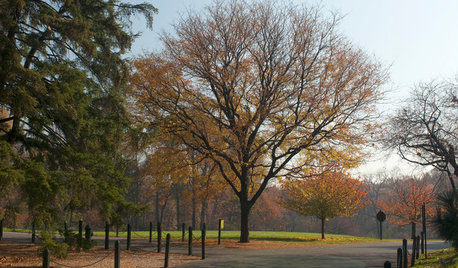
GARDENING GUIDESGreat Design Plant: Honey Locust Tree
No, it doesn't actually produce honey. But its dappled light and tolerant nature are treats in city and country settings alike
Full Story
FARM YOUR YARDHello, Honey: Beekeeping Anywhere for Fun, Food and Good Deeds
We need pollinators, and they increasingly need us too. Here, why and how to be a bee friend
Full Story
GARDENING GUIDES8 Plants for a Deliciously Fragrant Fall Garden
Scent the autumn air with the perfume of caramel corn, honey and spices by adding these intoxicating plants to your landscape
Full Story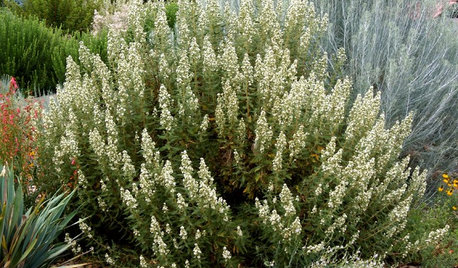
GARDENING GUIDESGreat Design Plant: Fernbush
This rock-loving shrub's delicate honey-scented flowers attract butterflies, but its low water needs may be the real draw in summer
Full Story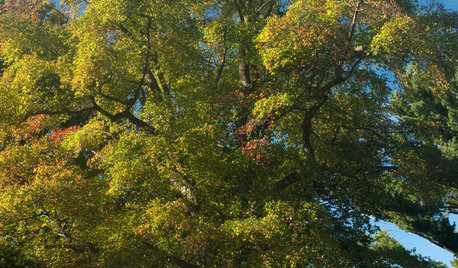
TREESGreat Design Plant: Nyssa Sylvatica
The black gum tree tolerates moist soil and provides many years of beautiful foliage, from summer to fall
Full Story
GARDENING GUIDESGreat Design Plant: Ceanothus Pleases With Nectar and Fragrant Blooms
West Coast natives: The blue flowers of drought-tolerant ceanothus draw the eye and help support local wildlife too
Full Story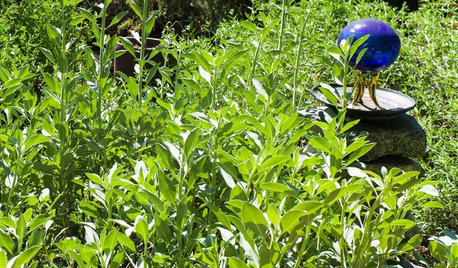
FLOWERS AND PLANTSWhite Sage Shimmers in the Water-Wise Garden
California native Salvia Apiana features silvery-green foliage and seasonal flowers that bees, hummingbirds and butterflies love
Full Story
FARMHOUSESWorld of Design: See How 9 Families Live and Farm on Their Land
Join us as we visit the homes and farms of passionate food producers and hear about rural life around the globe
Full Story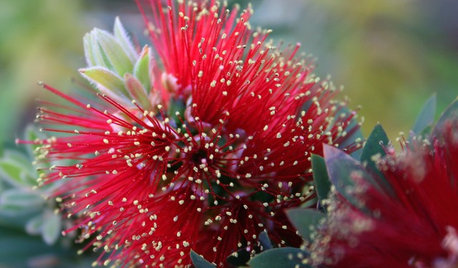
GARDENING GUIDESGreat Design Plant: Velvety Dwarf Bottlebrush Beckons a Touch
Brilliant red blooms and inviting textures will capture your heart, but the low maintenance and small size will win over your practical side
Full Story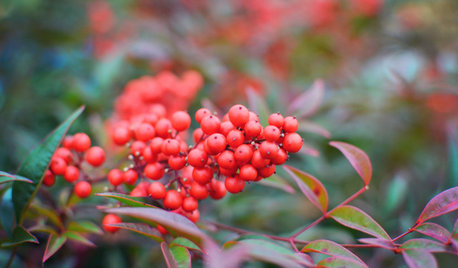
WINTER GARDENINGNew Year, New Landscape — What to Do in Your January Garden
Whether you've resolved to make over your garden or just enjoy it more, these tasks can help
Full StoryMore Discussions









brandon7 TN_zone7
brandon7 TN_zone7
Related Professionals
Lake Oswego Landscape Architects & Landscape Designers · Piqua Landscape Architects & Landscape Designers · Finneytown Landscape Architects & Landscape Designers · Florham Park Landscape Contractors · Framingham Landscape Contractors · Hayden Landscape Contractors · Mastic Beach Landscape Contractors · Suitland Landscape Contractors · View Park-Windsor Hills Landscape Contractors · Johns Creek Siding & Exteriors · Leesburg Siding & Exteriors · Sacramento Siding & Exteriors · Athens Decks, Patios & Outdoor Enclosures · Lake Arrowhead Decks, Patios & Outdoor Enclosures · Redlands Decks, Patios & Outdoor Enclosureswisconsitom
ken_adrian Adrian MI cold Z5
famartin
wisconsitom
petehoukOriginal Author
ken_adrian Adrian MI cold Z5
petehoukOriginal Author
ken_adrian Adrian MI cold Z5
whaas_5a
petehoukOriginal Author
whaas_5a
petehoukOriginal Author
wisconsitom
Melissa Pena